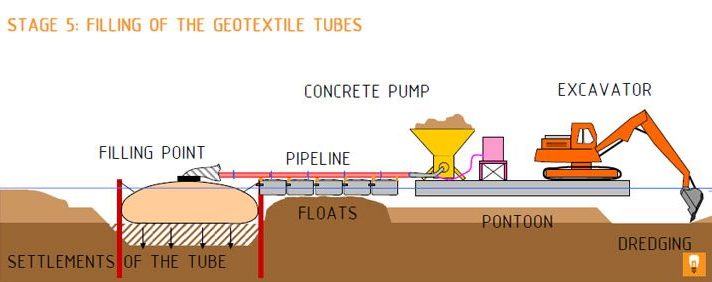Sediment Treatment
Sediment treatment and disposal is invariably the most difficult and costly element in a dredging programme. Our aim is provide sustainable solutions working with nature to provide “soft” bio-engineered methods of sediment reuse.
There exists a wide range of complex rules, regulations and law governing the disposal of sediment whether this is for beneficial reuse or the treatment and disposal of contaminated waste. This is governed by The Environment Agency (EA) and the Marine Management Organisation (MMO). Lake and Lagoon will organise the relevant permits and use the available exemptions for both the dredge operation and the disposal/reuse of sediment.
At the beginning of any project there will have to be a scientific assessment of the sediment characteristic; this could range from course sand to fine organic material. Soil sampling and sediment analysis will also identify any contaminants and the risk profile which they present.
If the sediment is contaminant free, the optimum solution in rural environments is to spread the sediment onto agricultural and non- agricultural land. Nutrient rich sediment will reduce the need and cost of using commercial fertilisers so is of interest to farmers. This is usually accomplished by pumping sediment into adjacent man made lagoons. Here, the sediment will solidify over time and water will return to the watercourse- the lagoon is then ploughed back over to its original stateIn very small scale projects, lagoons can be constructed out of straw bales.
Where construction of lagoons is not possible or where there are tight site constraints, there is an increasing use of geo textile tubes as a more cost effective, low impact method of dewatering. Sediment is either pumped under low pressure either directly into geotextile tubes or via flocculant treatment of the sediment. The advantage of the flocculant (which will be designed according to the sediment characteristic) will speed up the dewatering process and thereby require fewer geotextile tubes. The end product will be a manageable cake and the leachate (water) which can be returned to the waterbody.
In the case of polluted sediment Geotextile tube technology has the advantage of being able to contain and isolate contaminants for further treatment. However, its principle advantage is that it is the building block in the creation of soft engineering projects; this could range from construction of barriers to control erosion, riverbank rejuvenation to creation of wetland habitats.
Get in touch
We offer high quality, flexible and cost effective solutions to any size project from a small pond to a large marina.
To find out more, contact us now. Phone us on 07547 062929 or use our enquiry form.
Get in touch
We offer high quality, flexible and cost effective solutions to any size project from a small pond to a large marina.
To find out more, contact us now. Phone us on 07547 062929 or use our enquiry form.

